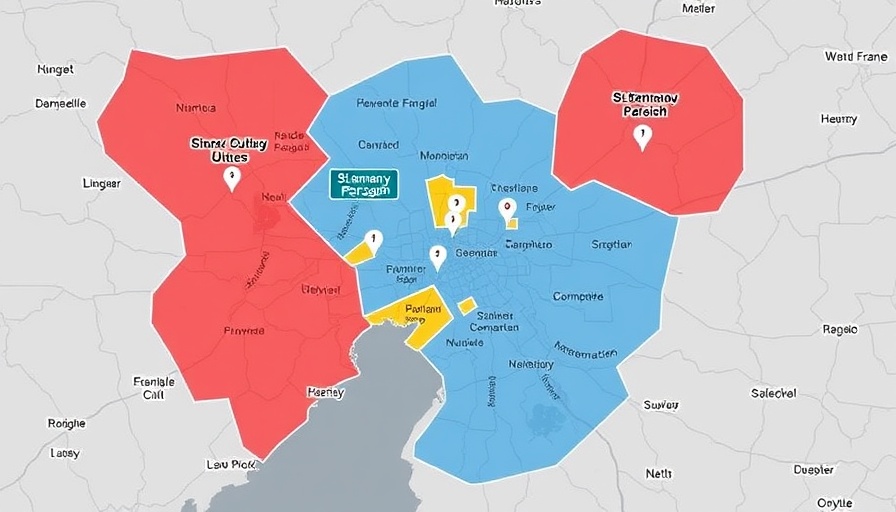
A Striking Discovery: Python in South Carolina
Recently, an astonishing sighting of a large python near a school campus in South Carolina has set the local community abuzz. This incident spotlights the growing presence of non-native species in the southeastern United States, prompting conversations about our environment and safety, particularly among senior citizens who may have concerns about wildlife encroaching on urban areas.
Why Should Seniors Care About Local Wildlife?
Understanding the impact of wildlife on urban communities can be especially relevant for older adults. As many seniors enjoy spending their time outdoors—whether it’s for gardening, walking, or simply enjoying nature—the presence of large predators can create anxiety about safety and land management. Wildlife encounters like the recent python sighting can have implications on park usage, personal space, and overall community health.
The Python Problem: Addressing Growing Concerns
In particular, the South Carolina python spotted was alarming not just for its size but because such snakes can pose risks to local fauna and even pets. Pythons, often regarded as invasive, can disrupt local ecosystems by predating on native species. This brings forth questions about how communities can manage such wildlife while ensuring the safety of their residents, especially those most at risk like older citizens.
Parallel Examples: Invasive Species and Community Health
Similar situations have unfolded across the U.S., particularly in Florida where Burmese pythons have established a significant presence. Residents have rallied for educational programs on wildlife safety and coexistence strategies, equipping communities with knowledge to mitigate risks. Initiatives such as these empower seniors by informing them of the steps they can take for safety while still enjoying outdoor activities.
Future Predictions: What Lies Ahead for South Carolina?
As climate change continues to shift ecosystems, it’s crucial to anticipate how wildlife patterns may evolve. Predictions indicate an increased likelihood of non-native species integrating into local environments, which means communities must stay informed about wildlife management solutions. Local governments and organizations should consider developing outreach programs focusing on educating seniors about identifying and dealing with potentially dangerous wildlife.
Community Connection: The Importance of Preventative Measures
Local communities should engage with older adults to create preventative measures tailored to their safety concerns. Workshops on safe encounters with wildlife, resources on reporting sightings, and community watch programs will foster a sense of security. Understanding their environment not only allows seniors to enjoy outdoor experiences but also enables them to contribute to their community’s health.
Actionable Insights: What Can Seniors Do?
Staying informed is key. Seniors can benefit from learning about local wildlife through community programs or local news channels. They can also work with local NGOs to advocate for more wildlife education initiatives or even participate in local wildlife monitoring programs, helping to ensure that everyone can enjoy nature safely.
With unexpected encounters occurring more frequently, it’s essential now more than ever for seniors—and the entire community—to form a united front in understanding wildlife dynamics, ensuring shared spaces remain safe. If you or a loved one has been apprehensive about recent wildlife sightings, consider reaching out to local environmental agencies or community groups dedicated to fostering a safe and engaging outdoor environment.
 Add Row
Add Row  Add
Add 



Write A Comment